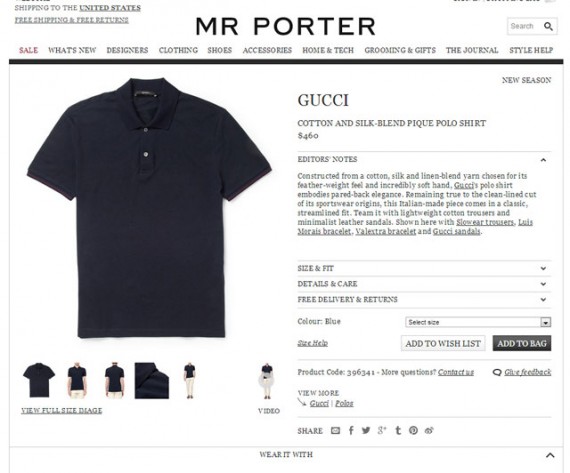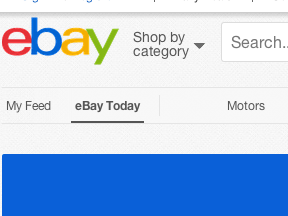Retailers add new products frequently. For the most part these products may be as simple as adding a new line of sweaters to the women’s section on the site or putting a few new grease guns in the automotive category. But there are new products and even product categories that merit a significant amount of attention and marketing of their own.
For online merchants, there could be any number of reasons to market specific new products in a big way. Perhaps the vendor is introducing a new item, and the retailer wants to make certain that potential customers know where to buy it. Or, maybe, the merchant is expanding into a new product category, such as an online outfitter, known for fishing equipment, stretching out into hunting gear. Finally, perhaps, an Internet retailer could be adding a new and important brand to the product mix and wants to tout the new relationship.
In any of these cases, there are some common and consistent steps that an ecommerce marketer can take to introduce the products to the marketplace and generate sales.
Develop a Selling Proposition
Loyall dog food from Nutrena uses a process called Opti-Cook that makes its feed easier to digest. The process, which seeks to properly cook ingredients like corn or rice, can reduce how much gas and waste a pet produces. This gives the brand an interesting selling proposition.
One retailer has picked up on this proposition, and begun marketing Loyall with a couple of simple questions. “Does your dog have gas?” and “Tired of shoveling in the backyard?” As gross as this might seem, it provides a unique reason for choosing the product.
When introducing new products or product categories to your shoppers, try to develop a selling proposition. This proposition could be about the product, as in the Loyall example, or about your store, your service, or other similar capabilities. Just let the shopper know why he or she should buy the product.
Prepare Great Product Pages
In the ecommerce context, there are few things more important than providing good product pages. So when you are preparing a launch plan for a new product or a category, be certain to include compelling photography and terrific product descriptions.
Consider the product detail pages at Mr. Porter, a men’s apparel retailer, where you will typically find (a) several high-resolution photographs of the product that allow shoppers to zoom in and see even tiny details, (b) a product video, which in Mr. Porter’s case typically shows the product on a model, (c) a thorough, helpful product description under the heading of “Editor’s Notes,” and (d) information about size and fit, specifications, and even delivery dates.
When you launch new products, be certain that you have all the information a shopper might need to make a buying decision.
Provide Testimonials or Reviews
Shoppers tend to believe other shoppers. When you introduce a new product or a new product category, consider including testimonials or reviews right from the beginning. As an example, a retailer might send five or six good customers a free product asking them to review it. If these select customers actually like the products, use their reviews in marketing content, promotional videos, or even on the product detail page.
If these select and loyal customers don’t like the product, you might seriously reconsider the launch altogether.
Create Relevant Content
Content marketing, which seeks to attract shoppers with useful or entertaining content, can be a good way to get the word out about new products.
Consider producing blog posts and articles; videos; podcasts; and similar content to support the product launch.
It is important to remember that good content marketing doesn’t always talk about the product or even focus on selling. As an example, look at Williams-Sonoma’s Taste Blog, which includes a variety of useful and interesting articles while generally raising awareness for the cooking products that Williams-Sonoma sells.
You’re not really ready to launch until you have your content marketing planned.
Use your Resources
Promoting new products and categories should begin with your email list, texting list, physical mail list, and social media followers. In short, use the resources you already have to promote products before you look outside of your company.
As with everything, plan ahead. Consider using email to point to blog content and product pages.
Consider Paid Promotion
If the new product launch could generate a significant amount of revenue, consider using paid promotion, including pay-per-click advertising, banner advertising, streaming video ads, streaming audio ads, radio, and even print publications.





